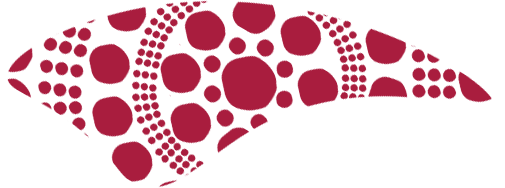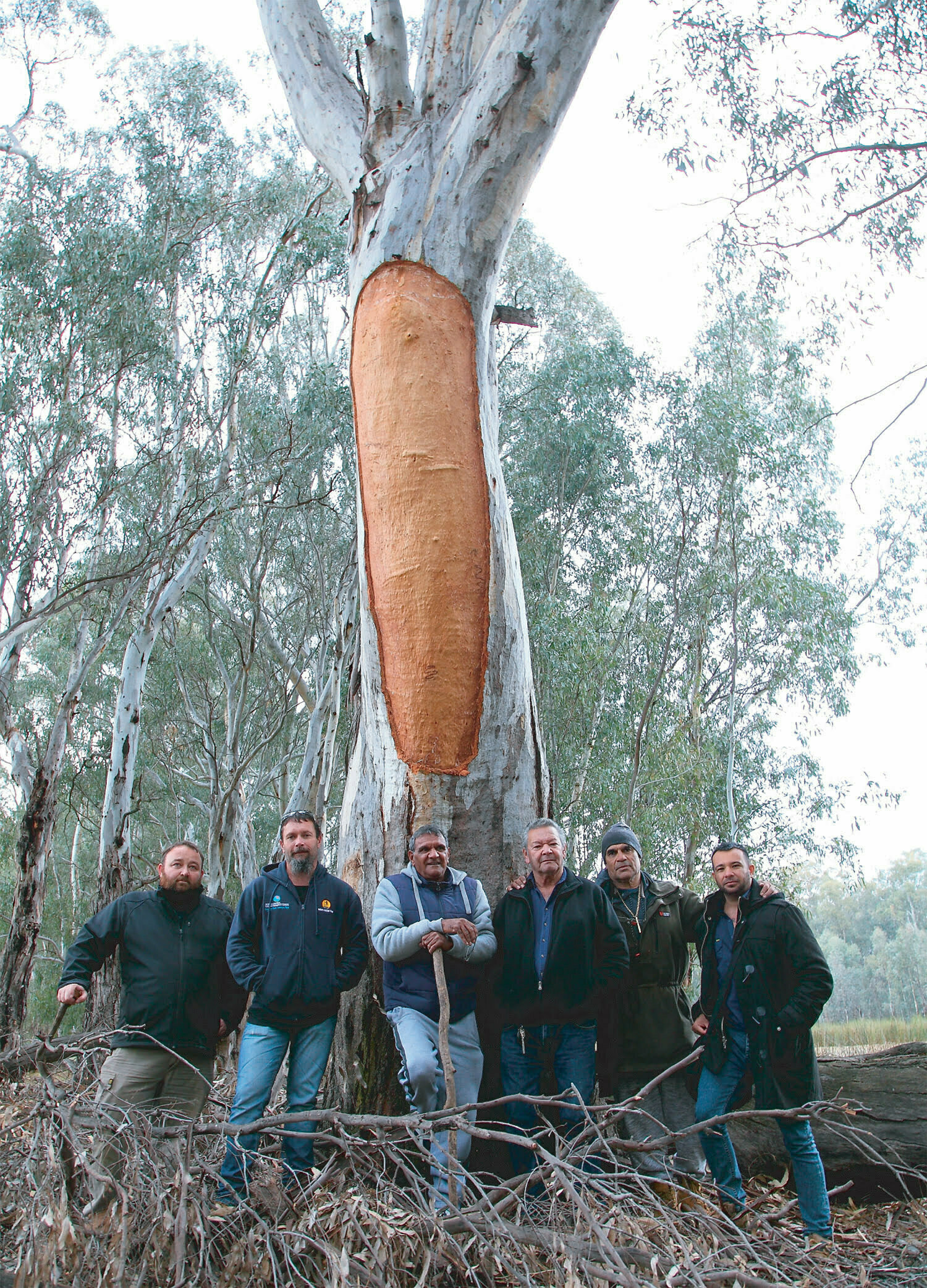Bringing Culture to life — Gunbower Forest
Barapa Barapa Traditional Owners (Victoria)
Barapa Barapa Traditional Owners (Victoria)

Scar trees were once common in Gunbower Forest, evidence of a cultural practice spanning tens of thousands of years. Large sections of bark were expertly removed from towering gum trees and used to make containers or canoes. However, with logging taking out many of these majestic trees and the restrictions on Traditional Owners practising their culture, scar trees were becoming a thing of the past.
That was until August, 2018 when the success of a very special project was celebrated. The Barapa Water for Country project is a partnership project between the North Central Catchment Management Authority (CMA) and Barapa Barapa Traditional Owners.
The project centred around Barapa Cultural Team members identifying, mapping and recording the cultural values of the lower Gunbower Forest to improve the management of environmental water. It involved the collection of information and knowledge on the cultural and spiritual values of the area and is enabling the voices of the Barapa Barapa Traditional Owners to be heard in the water management of the forest.
With the support of an archaeologist and an ecologist, the team used maps to prioritise cultural hot spots. Then, by walking in the steps of their ancestors, the hot spots were visited so their cultural values could be recorded, and watering priorities considered.

Image: Project team with a scar tree in the background (Photo source: A. Martins)
“To celebrate the success of the project we gained a permit to make a traditional bark canoe, involving the Barapa community to continue practising culture on Country and create a scar tree that will tell a story for future generations,” North Central CMA Project Officer Patrick Fagan said.
“To be able to support the Barapa Barapa people in practising their culture like this is significant, and it is historical. We also planted a river redgum and installed a plaque at the Treetops scout camp, acknowledging the hard work of the Barapa Barapa Steering Committee over the five years of the project, and made presentations to participants and project staff.“
The award-winning Water for Country project was funded by the Victorian Government and the The Living Murray Indigenous Partnerships Program.
Gunbower Forest is a The Living Murray Icon Site. The Living Murray program funds an Indigenous Facilitator to engage with Traditional Owners of the Gunbower Forest – the Barapa Barapa and Yorta Yorta people. North Central CMA was able to leverage funding from The Living Murray and Barapa Water for Country to deliver the project.
“The project supports Barapa custodians’ capacity to take part in decision making about water management, and recognises and integrates their rights, needs, priorities and values in water management. When the project started five years ago we had three people attend the first workshop. As the project grew, participation increased, and over the life of the project we have 33 Traditional Owners representing different generations involved. The project steering committee have contributed governance and leaderships skills and kept a cultural perspective at the heart of the project. The Elders and younger ones working together really shows the link between the wellbeing of people and the wellbeing of Country,” Mr Fagan said.